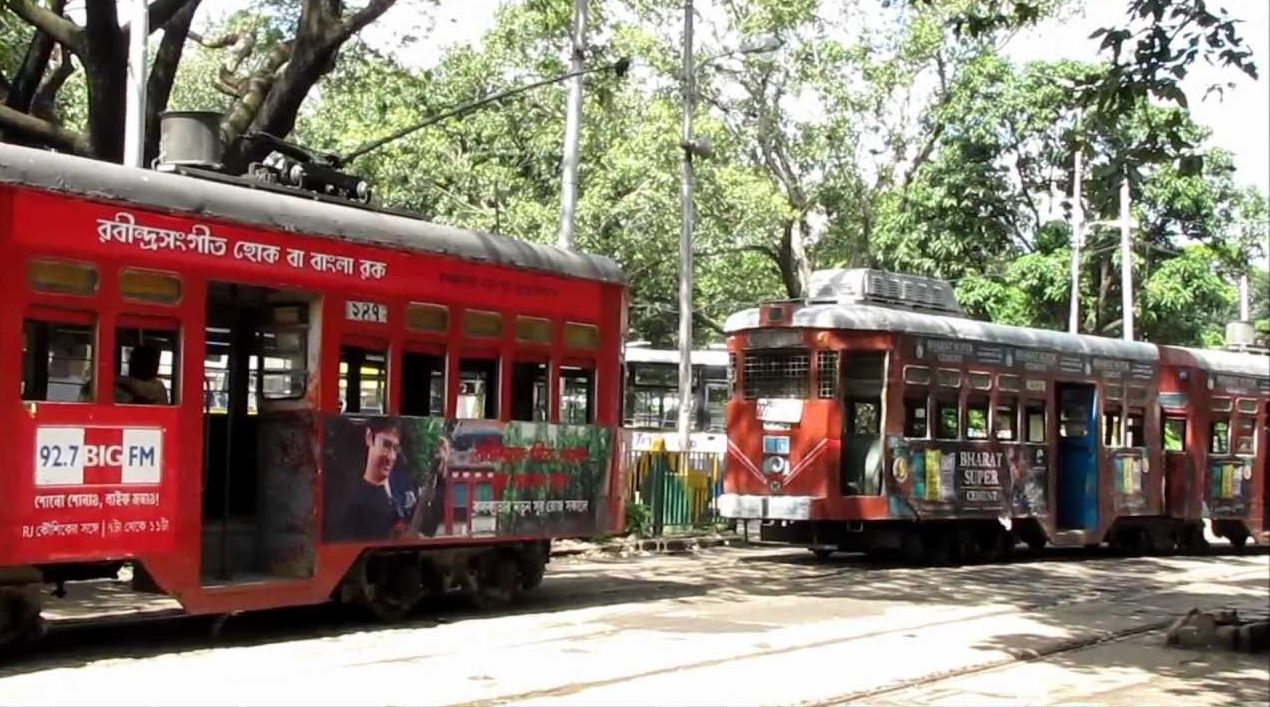There have been speculations and rumours that Kolkata trams may soon become a thing of the past. Kolkata is India’s only city with an operational electricity driven tram network that was introduced way back in 1902.
Right now, however, there are new hopes around the tram that new lines will be laid in Rajarhat-New Town, as part of the state government strategy to have a picturesque, planned satellite township adjoining Kolkata.
According to state transport minister Subhendu Adhikary, the West Bengal Housing Infrastructure Development Corporation (HIDCO) – in charge of developing Rajarhat-New Town – has placed a proposal before the transport department on introducing trams in the area.
Rajarhat-New Town is a planned township with wide roads, faster traffic movement, open green spaces and water bodies that are being well preserved. HIDCO has helped develop several places such as the Mishti Hub, the Eco Park, which draw a huge number of people every day. The short distance from the Netaji Subhas Chandra Bose International Airport also makes this a place where people want to live, and real estate prices have shot up.
So how does the concept of rickety old tram crawling through traffic go with a planned, clean satellite township?
According to a senior official, “Trams have been an inherent part of Kolkata. We want to preserve this heritage. Introducing trams in Rajarhat-New Town would be done in a way that primarily showcases this heritage rather than focusing on it as a mode of transport.”
Trams would be introduced in specific zones ensuring that the speeding, airport-bound traffic is not slowed down.
Adhikary allayed fears that trams would be completely withdrawn from Kolkata. “It has a heritage value. And it will never be withdrawn completely,” he said.
Currently, only 85 trams ply through Kolkata through eight routes. There has been a steady decrease in the number over the years. Recommendation from the city police authorities that taking off tram tracks (and routes) from certain areas would significantly improve movement of other vehicles, has also led to reducing the number of tram routes in Kolkata.
The first horse driven trams ran in the UK in 1807. In Kolkata, there was an initial attempt to start tram operations in 1873 between Armenian Ghat and Sealdah, but it could not be continued for long due to lack of demand. Therefore, the service discontinued. It resumed again in 1880.
In 1882, steam locomotives were used for running trams. Finally, in 1902, electricity driven tram cars were introduced and they continue to run. The first electric tram ran in the city between Esplanade and Kidderpore.
The Calcutta Tramways Company (CTC) – in charge of running the network of trams in Kolkata – was registered as a company in London in 1880. It was taken over in 1967 by the West Bengal government.
There have been several attempts to revive passengers’ interest in trams, but it has been tough to make a profit-making transport system.
The government has introduced air-conditioned trams that run during weekends. A tram museum was introduced at Esplanade — that contains information on the history of tram services in Kolkata — by converting a tram.


Comments are closed.